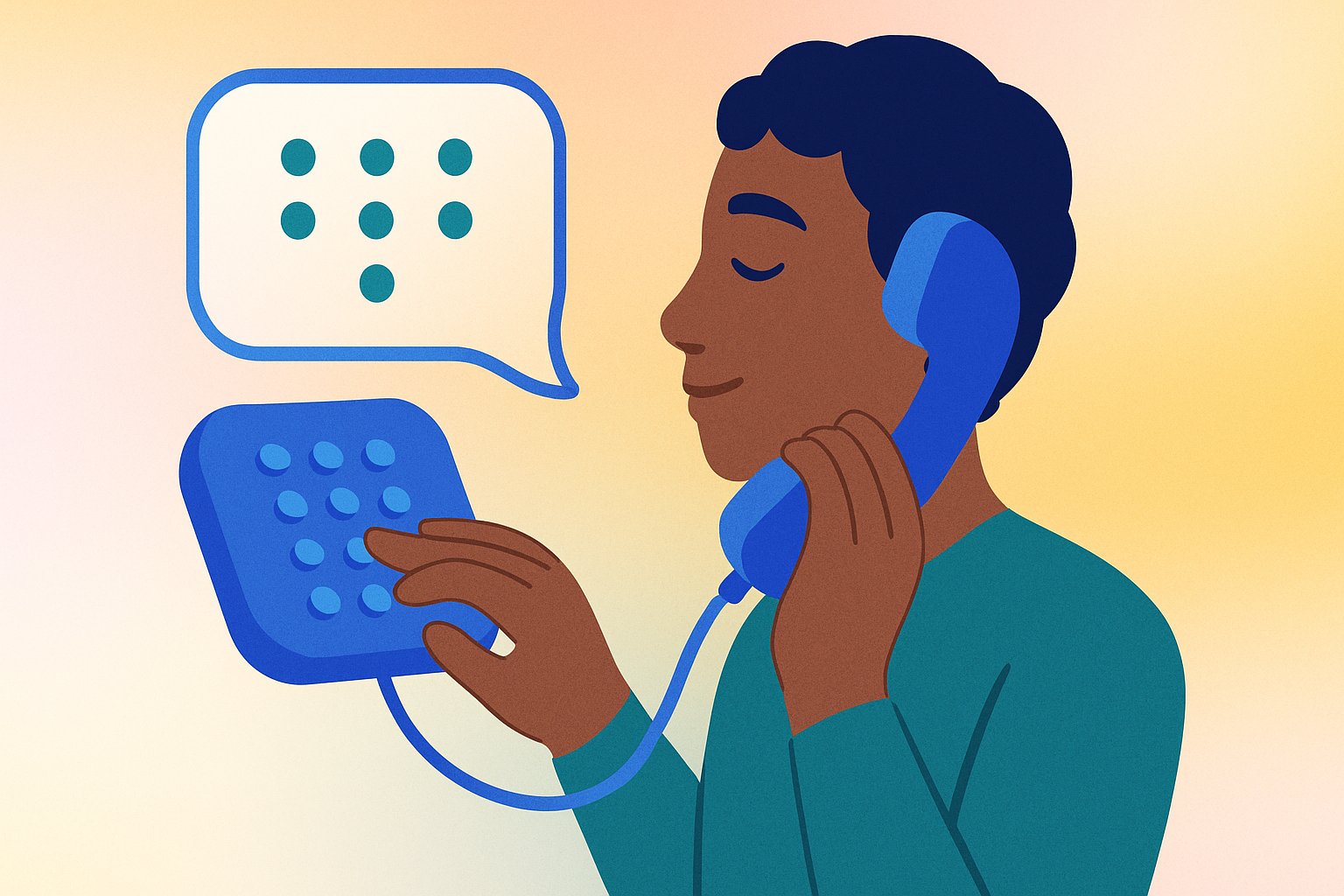


Braille telephone, also known as a braille phone or tactile telephone, is a specialized communication device designed for individuals who are blind or have significant vision impairments. This accommodation converts audio and text information into braille characters, allowing users to read phone conversations and messages through tactile feedback. By integrating braille displays with telephone functions, it promotes independence and accessibility in communication. Braille telephones support effective interaction in both personal and professional settings, making it easier for users to stay connected without relying on visual cues or assistance from others.
Begin by connecting the braille telephone to a power source and your phone line or internet network. Adjust the braille display settings to match your reading preferences, such as dot firmness and refresh rate. Regularly clean the braille cells to maintain tactile clarity and test the device before important calls. Keep the software updated for optimal performance. Practice using the keys and navigation features to increase speed and comfort during conversations.
Disclo streamlines requests, documentation, and tracking for Braille Telephone, so HR teams and employees spend less time on paperwork and more time working productively.
